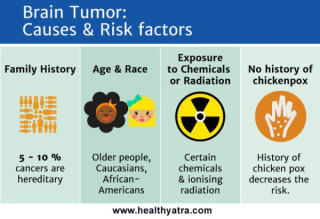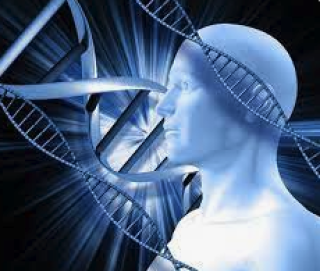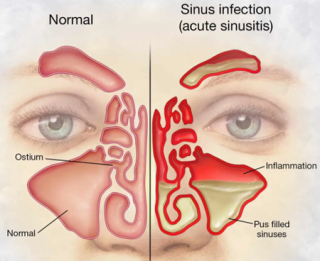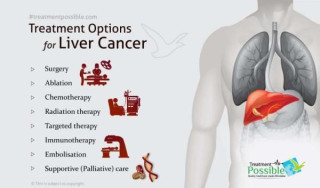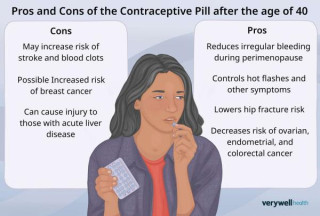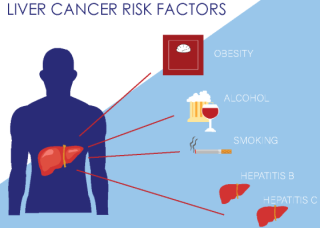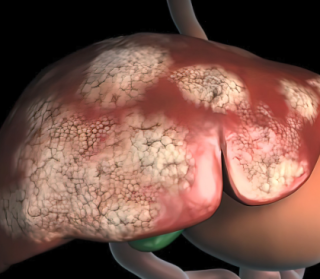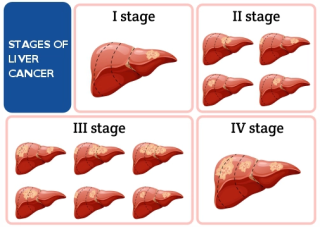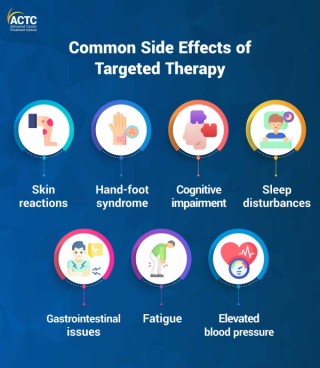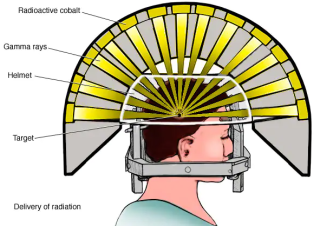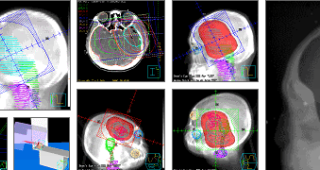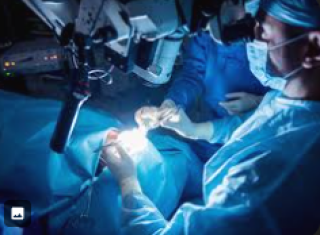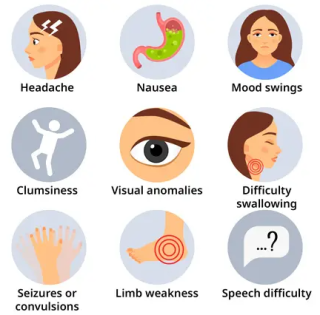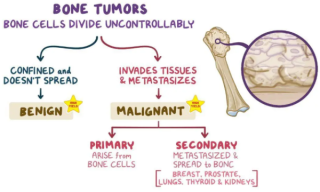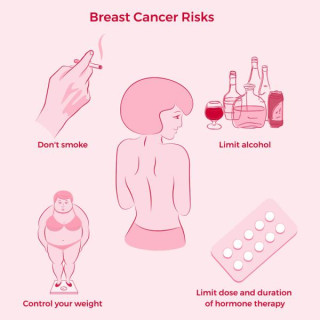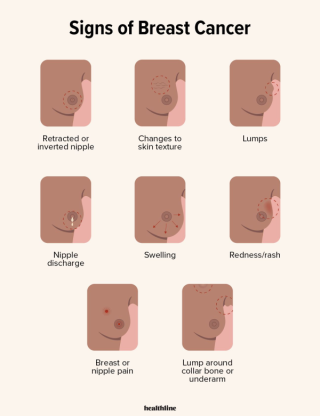Understanding the Link: Vinyl Chloride, updated at Nov 13, 2025 |
Unraveling the Enigma: Exploring the Causes of Brain Tumorscreated at May 03, 2009 1,386 1,386 The precise causes of brain tumors remain largely unknown, |
Navigating Clinical Trial Decisions for Head and Neck Cancer Treatmentcreated at May 09, 2009 1,228 1,228 Clinical trial decisions for head and neck cancer treatment depend on several factors, |
Exploring the Rise in Sinusitis: Understanding the Factors Behind the Increaseupdated at Nov 08, 2025 1,273 1,273 The Alarming Increase in Sinusitis CasesIn recent years, |
Unveiling the Link: Anabolic Steroids and Liver Cancer Riskupdated at Nov 30, 2024 1,264 1,264 Studies have shown a link between anabolic steroid use and an increased risk of liver cancer, |
Treatment for Liver Cancer? What should I ask?created at May 04, 2009 1,186 1,186 When discussing liver cancer treatment options with a healthcare professional, |
The Silent Threat: Arsenic and its Link to Liver Cancercreated at May 04, 2009 1,221 1,221 Arsenic, |
Exploring the Relationship Between Birth Control Pills and Liver Cancer Riskcreated at May 04, 2009 1,229 1,229 Studies have shown a slightly increased risk of developing liver cancer in women who use oral contraceptives, |
Understanding the Link: Cirrhosis and Liver Cancer Riskupdated at Nov 29, 2024 1,472 1,472 Cirrhosis, |
Aflatoxin: Unveiling the Hidden Threat to Liver Healthupdated at Nov 08, 2025 1,304 1,304 Aflatoxins are potent mycotoxins produced by certain Aspergillus fungi species, |
Unraveling the Connection: Viral Hepatitis and Liver Cancer Riskcreated at May 04, 2009 1,325 1,325 Chronic infection with hepatitis B (HBV) and hepatitis C (HCV) viruses are major risk factors for liver cancer, |
Demystifying Liver Cancer: Understanding the Basicscreated at May 04, 2009 1,244 1,244 Liver cancer, |
What are the Side Effects of Treatment for Colorectal Cancer?updated at Nov 08, 2025 1,354 1,354 Side effects from colorectal cancer treatment are highly variable, |
Precision Treatment: Understanding Stereotactic Radiosurgery for Brain Tumorscreated at May 04, 2009 1,332 1,332 Stereotactic radiosurgery (SRS) is a precise radiation therapy technique used to treat brain tumors and other lesions.It delivers a highly focused, |
Understanding Radiation Therapy for Brain Tumorscreated at May 04, 2009 1,380 1,380 Radiation therapy for brain tumors uses high-energy radiation to kill cancer cells and shrink tumors.This can be delivered externally through a linear accelerator (external beam radiation therapy) or internally via implanted radioactive seeds (brachytherap... |
Understanding Surgery for Brain Tumors: A Comprehensive Guidecreated at May 04, 2009 1,281 1,281 Brain tumor surgery aims to remove as much of the tumor as safely possible while minimizing damage to healthy brain tissue.The approach varies depending on the tumor's location, |
What are the symptoms of Brain Tumors?updated at Nov 11, 2025 1,415 1,415 Brain tumor symptoms are highly variable, |
Exploring Treatment Options for Bone Cancer: A Comprehensive Guidecreated at May 03, 2009 1,439 1,439 Treatment for bone cancer depends on several factors including the type and location of the cancer, |
Demystifying Bone Tumors: Understanding Benign and Malignant Varietiescreated at May 03, 2009 1,242 1,242 Bone tumors are growths that develop in bone tissue, |
Understanding Your Risk: How Likely Are You to Get Breast Cancer?created at May 03, 2009 1,232 1,232 Your risk of developing breast cancer depends on many factors, |
Recognizing the Red Flags: Warning Signs for Breast Cancercreated at May 03, 2009 1,301 1,301 Warning signs of breast cancer can include a new lump or thickening in the breast or underarm, |
